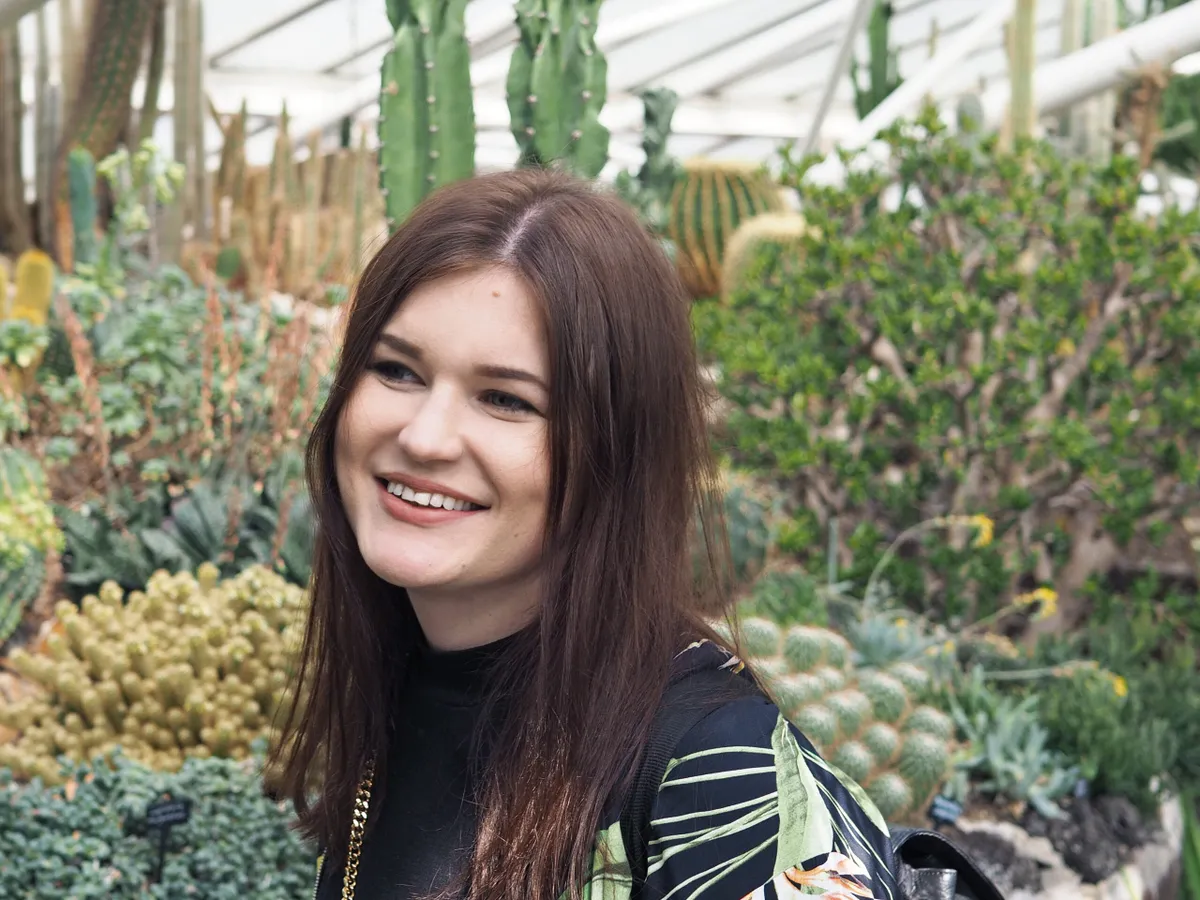A sanctuary space inspired by the Japanese art of forest bathing for the Muscular Dystrophy UK community has been created for this year's RHS Chelsea Flower Show.
Here's all the medals for this year's RHS Chelsea Flower Show
After the show the garden will be relocated to the Institute of Developmental and Regenerative Medicine in Oxford.
You may also like:
- Sign up to our Chelsea Flower Show newsletter
- Everything you need to know about designing a Chelsea garden
- Tickets, dates and information for Chelsea Flower Show
- Top tips from Ula Maria on how to design a garden
Ula Maria initially had in mind a Sanctuary Garden for this year’s show, but Project Giving Back and the RHS loved the concept and offered her a Show Garden on Main Avenue. “It snowballed,” says Ula, who was RHS Young Designer of the Year in 2017.

Her design is inspired by the Japanese art of forest bathing, which has many health benefits. During her research, Ula met Martin, who was diagnosed with muscular dystrophy (MD) in his twenties. “Outside the hospital there was nowhere to sit and process his diagnosis. He had to sit in his car. I wanted to create a space where a person can breathe and process their thoughts.” The garden subtly tells the charity’s story via its hard landscaping.
You may also like
- The full list of Show Gardens at Chelsea Flower Show
- All the Sanctuary gardens at Chelsea 2024
- The All About Plants gardens at Chelsea Flower Show
- The Balcony and Container gardens at Chelsea
What to expect from the 2024 Chelsea Flower Show Muscular Dystrophy Garden UK
The central hub has a knapped flint wall that reflects the effect MD has on muscles, inspired by microscope images. Patients told Ula that visiting woodland can be difficult for them, so all of the organic paths are wheelchair accessible. But Ula wants the garden to be about the plants. Inspired by a birch grove, it has more than 50 native trees, mostly Betula utilis but also flood-tolerant alder near the water bowl and Crataegus x lavalleei ‘Carrierei’. Woodland-edge plants are knitted together by rushes and grasses, including Luzula nivea and Briza media, while Geranium sylvaticum ‘Mayflower’, foxgloves and wild strawberries (a nod to Ula’s Lithuanian childhood) give subtle colour.
Ula’s contractor is Crocus, which is also growing plants for the woodland NGS Garden by Chelsea veteran Tom Stuart-Smith, for whom she once worked freelance. She has already laid out the design at Deepdale Trees, so feels reassured: “I’m in safe hands.”
5 key elements
- Fifty trees, mostly silver birch. This is a lot more than most Chelsea Show Gardens, which usually have around ten.
- Natural materials that could have derived from a woodland, such as clay and stone. Ula has sourced 120-year-old handmade clay pavers from a reclamation yard online, which were already covered in moss, for an aged look.
- The central hub area, open to the sky, is a ‘woodland glade’ where people can gather. The knapped flint wall structure reflects the muscle cells in those affected by muscular dystrophy.
- A bungaroosh wall Ula spotted one of these on a bike ride on the south coast, made from clay tiles, flint and seashells. “In the past, builders used everything left over onsite to build a wall. Here we’re doing it in a considered way, using reclaimed materials.”
- A large clay water bowl, 2m in diameter, spills into a naturalised rill that runs through the centre of the garden.
Contact: ulamaria.com Contractor: Crocus. Plants: Deepdale Trees, Kelways.




